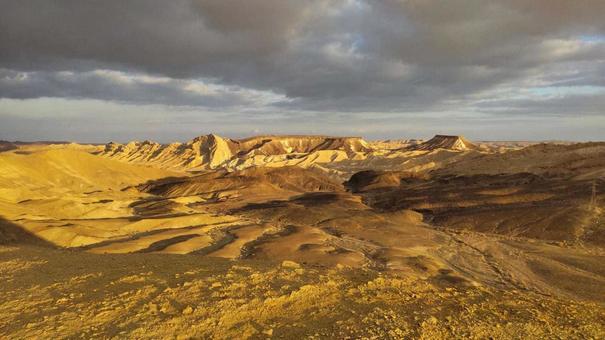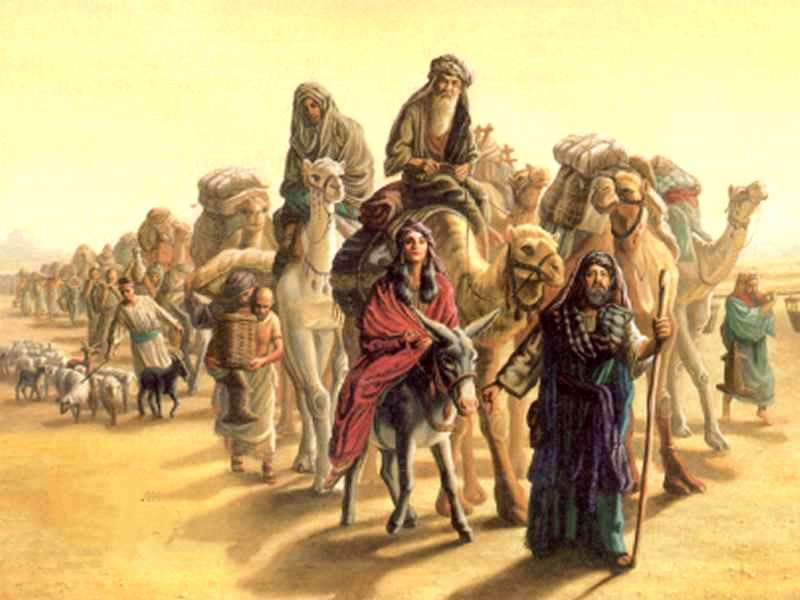The Negev, mentioned in Genesis 13:1, is a desert region located in southern Israel. It constitutes a significant portion of the country, covering roughly half of its total land area. The name "Negev" comes from the Hebrew word for "south," reflecting its geographical position.

While often described as a desert, the Negev isn't a monolithic landscape of endless sand dunes. It's more accurately characterized as a semi-arid region with varied topography, including rocky hills, canyons, and plateaus. Rainfall is sparse and unpredictable, creating a challenging environment for agriculture and settlement. Despite the harsh conditions, the Negev has a long and rich history, playing a crucial role in biblical narratives and the development of the region.

In Genesis 13, the passage describes Abram (later Abraham) traveling from Egypt to the Negev with his family and possessions. This marks a significant moment in the patriarchal narratives, establishing Abraham's connection to the land that would become central to the Israelite identity. The Negev, therefore, isn't just a geographical location; it carries deep religious and historical significance.

The Negev's importance extends beyond the patriarchal period. It was part of the territory allocated to the tribe of Simeon. Over the centuries, various civilizations have left their mark on the Negev, including the Nabataeans, who developed sophisticated irrigation techniques to cultivate the land. Their impressive city of Petra, though located just outside the modern Negev's borders, demonstrates their mastery of water management in arid environments. Remnants of Nabataean settlements and agricultural systems can still be found throughout the region, offering insights into their ingenuity.

Today, the Negev is a dynamic region undergoing development and change. While challenges related to water scarcity and environmental sustainability persist, innovative approaches to agriculture and technology are being implemented to make the desert bloom. The Negev is also home to diverse communities, including Bedouin tribes who maintain their traditional way of life, as well as modern cities like Beersheba, a major urban center in the region. The ongoing efforts to develop the Negev reflect its continuing importance to the State of Israel, both economically and strategically. It's a region where ancient history intersects with modern innovation, a testament to human resilience and adaptability in the face of environmental challenges.
'신앙 체인지' 카테고리의 다른 글
| What kind of place is Sodom and Gomorrah? (Genesis 13:10) (0) | 2025.02.11 |
|---|---|
| 소돔과 고모라 는 어떤 지역인가? (창세기 13장 10절) (0) | 2025.02.11 |
| 네게브 는 어디인가? (창세기 13장 1절) (0) | 2025.02.11 |
| 아브라함은 왜 기근에 애굽으로 갔나? 애굽은 어디를 의미하나? (창세기 12장 10절) (0) | 2025.02.11 |
| Why did Abraham go to Egypt in famine? Where does Egypt mean? (Genesis 12:10) (0) | 2025.02.11 |



